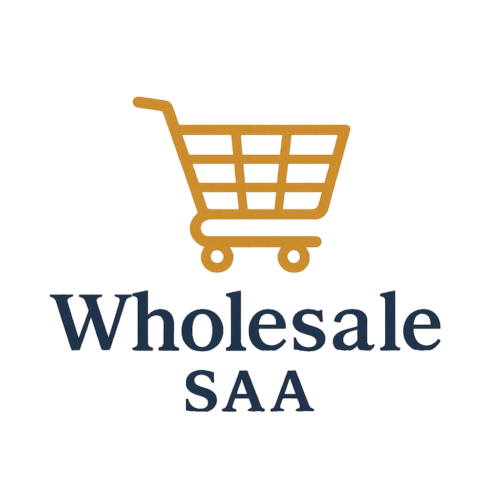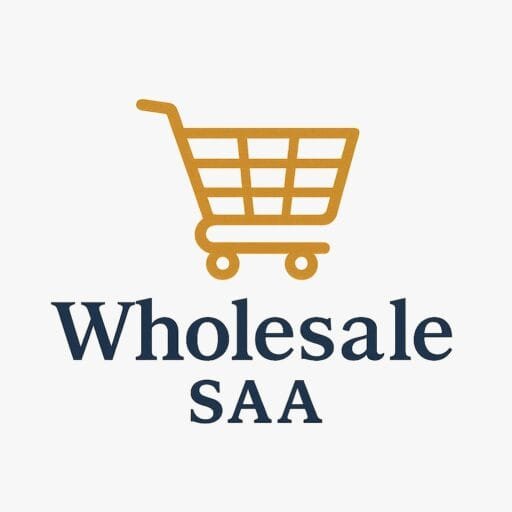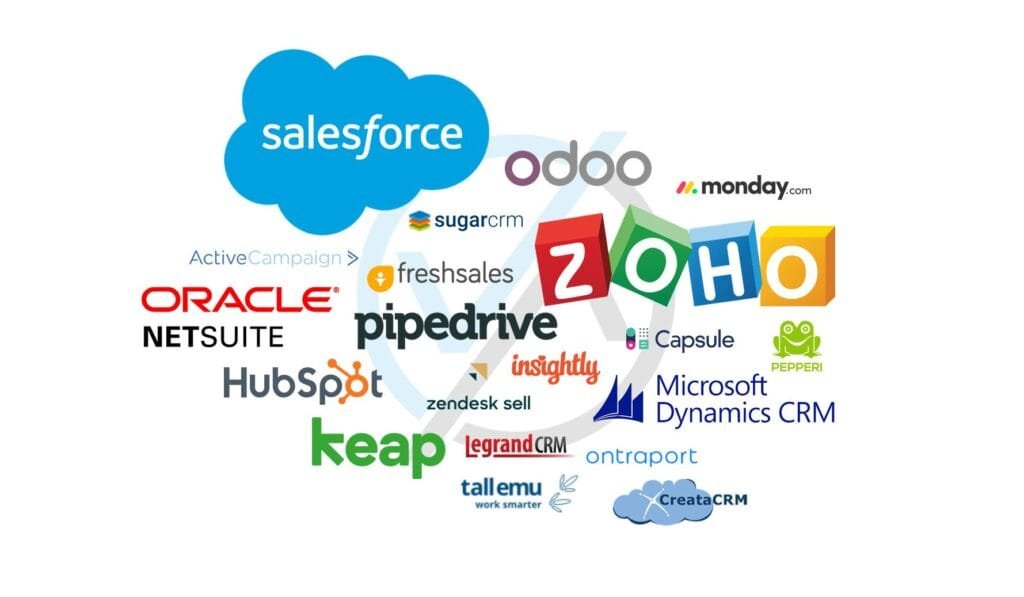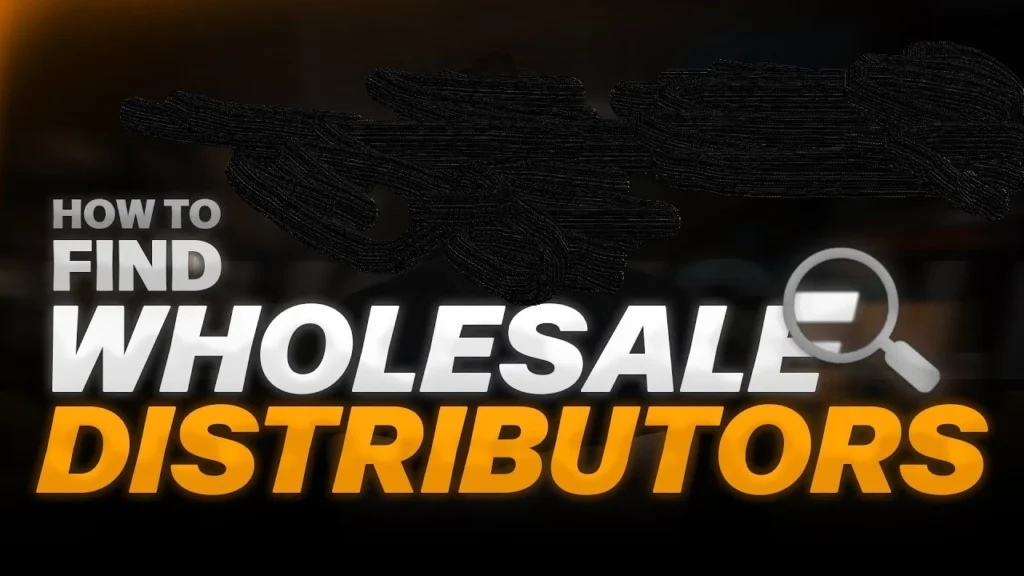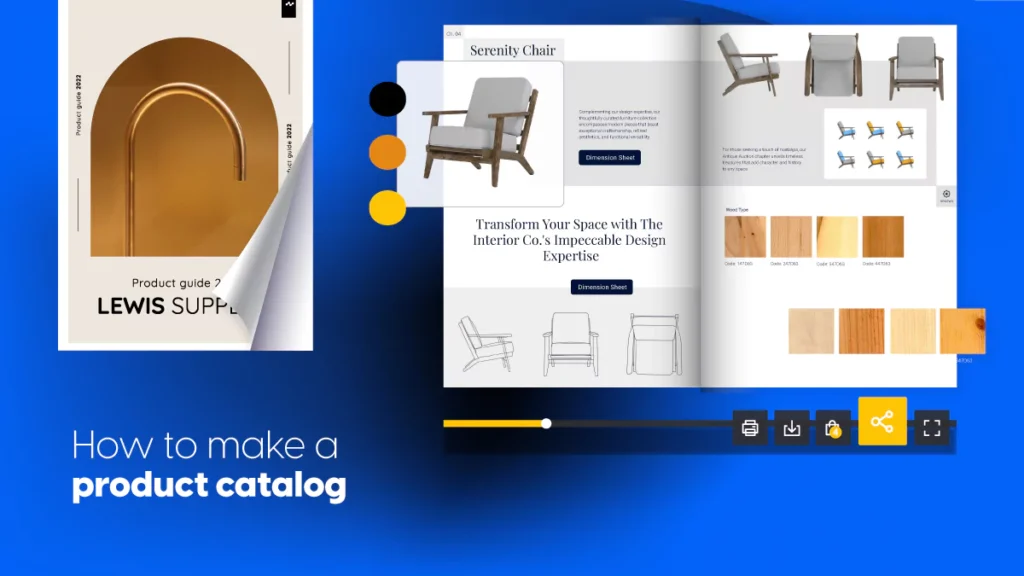When Big Breaks Start Small
In the world of wholesale, success isn’t always about billion-dollar backers or sleek boardrooms. Sometimes, it’s a mother packing skincare jars in her kitchen. Or a college dropout selling organic snacks from a shared apartment. Sometimes, it starts with just one bold move: buying in bulk and betting on belief.
Wholesale has become a powerful springboard for small businesses to scale big without burning out. These are stories of real people who turned small ideas into major distribution deals, landed shelf space in big stores, or built empires selling directly to retailers.
They didn’t just survive wholesale; they mastered it.
Every empire starts somewhere: where wholesale meets hustle.
1. Pipcorn: From Brooklyn Basement to Oprah’s List
When siblings Jen and Jeff Martin started selling mini popcorn made from heirloom corn, they had no clue it would one day catch the eye of Oprah Winfrey herself.
Their journey began at a Brooklyn farmers’ market, where they handed out samples packed in brown paper bags. When local gourmet shops asked if they could supply in bulk, they scrambled to meet the demand, filling wholesale orders from their basement.
The big break? A feature on Oprah’s Favorite Things list, and suddenly, wholesalers from Whole Foods to Target came knocking.
What worked:
Unique product with a story (non-GMO, family roots)
Scalable packaging and production
Wholesale-friendly branding from the start
→ Pipcorn’s path from basement batch to nationwide racks.
2. The Lip Bar: Rewriting Beauty Industry Norms
Melissa Butler started The Lip Bar in her kitchen while working on Wall Street. Frustrated by the lack of diversity in the beauty aisle, she began handcrafting vegan lipsticks that celebrated boldness and inclusion.
Despite being rejected on Shark Tank (with one investor saying she’d never succeed in the cosmetics world), Butler pushed forward. Her breakthrough came through strategic wholesale partnerships with Target and Walmart, who were looking for brands that spoke to underrepresented consumers.
Today, The Lip Bar is a multimillion-dollar brand with distribution in over 1,000 stores.
What worked:
Niche positioning in a saturated market
Refusing to compromise identity for mass appeal
Packaging designed for visibility on shelves
→ From rejection to retail triumph, The Lip Bar’s wholesale revolution.
3. Beardbrand: Turning a YouTube Channel into a Grooming Powerhouse
Eric Bandholz didn’t just sell beard oil — he built a lifestyle around it. Starting as a YouTuber educating men on grooming, Eric founded Beardbrand in 2012 and quickly grew an online fanbase.
Soon after, retailers wanted in. Instead of rushing into every wholesale deal, Beardbrand chose selective partnerships with premium barbershops and lifestyle stores that aligned with the brand’s ethos.
What worked:
Community-first branding
Consistent storytelling across wholesale and direct sales
Control over distribution to protect brand image
→ Beardbrand’s lesson: authenticity grows loyalty, and distribution.
4. Three Ships Beauty: From DIY to Global Stockists
Laura Burget and Connie Lo started Three Ships with just $4,000 and a belief that clean skincare shouldn’t cost a fortune. They made their first batches at home and sold locally, but the dream was always bigger.
After investing in wholesale packaging and reaching out to indie retailers, they gained traction with boutiques looking for affordable, natural alternatives. Their tipping point came when they were picked up by Credo Beauty and Indigo, leading to explosive brand visibility.
What worked:
Crisp, minimalist packaging for shelf appeal
Focused wholesale outreach with samples and one-pagers
Transparency and ingredient education
→ Clean, clear, and scalable: Three Ships’ rise through thoughtful wholesale.
5. Meow Meow Tweet: Ethical Doesn’t Mean Invisible
Founders Tara Pelletier and Jeff Kurosaki launched their vegan skincare line with a radical twist — cute, hand-drawn packaging and a playful name. But don’t be fooled: their brand is built on serious ethics, sustainability, and transparency.
While many indie brands struggled to scale ethically, Meow Meow Tweet embraced wholesale early, working with co-ops, natural grocery stores, and zero-waste marketplaces.
What worked:
Packaging with personality
Sustainability as a unique selling point
Strong wholesale margins and values alignment with stockists
→ Wholesaling with heart: how Meow Meow Tweet grew without selling out.
6. Banza: Pasta, But Make It Protein
When Brian Rudolph discovered he was allergic to wheat, he started experimenting with chickpea flour to make pasta. Banza was born in a kitchen but scaled like a rocket.
Retailers loved it. High-protein, gluten-free, and innovative, Banza quickly found shelf space in Whole Foods, Kroger, and even Walmart.
But it wasn’t just the product that caught attention. Their strategy? Approaching wholesale like a tech startup — data-driven, feedback-obsessed, and deeply focused on product velocity.
What worked:
Retailer education campaigns
Bold, bright packaging that shouted from shelves
Strong sales data and quick inventory turnover
→ Pasta disruptors: Banza’s wholesale domination, one chickpea at a time.
7. Blueland: Wholesale Meets Sustainability
Founded by Sarah Paiji Yoo, Blueland makes refillable cleaning products that come in tablet form — no plastic waste, just water + science.
After a strong DTC launch, they leveraged press buzz to approach retailers committed to sustainability. The brand now partners with The Container Store, Grove Collaborative, and Nordstrom.
Blueland succeeded by solving a real pain point — eco-anxiety in the cleaning aisle — and making their packaging just as innovative as the product inside.
What worked:
Mission-aligned wholesale targets
Visual education on how the system works
Eye-catching design and shelf-ready merchandising
→ Saving the planet, one box at a time, Blueland’s clean sweep into wholesale.
8. Lessons from the Field: What These Stories Have in Common
Despite selling wildly different products — from beard balm to popcorn — all these brands share certain strategies:
a. Strong Identity
Each brand knew who they were, what they stood for, and how to communicate it clearly to wholesale buyers.
b. Shelf-Ready Branding
They didn’t just focus on Instagram aesthetics — they thought about how their product would look on a shelf among competitors.
c. Smart Scaling
Instead of chasing every wholesale opportunity, they chose stockists that aligned with their brand values and buyer profiles.
d. Storytelling That Sells
Their “about us” pages weren’t fluff. Buyers could see the passion, and customers could feel it through the packaging and presence.
→ Identity, intention, and innovation — pillars of wholesale success.
Conclusion: The Dream Is Scalable
These aren’t unicorn startups with billion-dollar valuations. These are small businesses — many bootstrapped — that leaned into wholesale as a powerful growth tool.
They succeeded not by luck, but by designing with purpose, showing up consistently, and telling unforgettable stories.
If you’re a maker, dreamer, or founder wondering if wholesale can work for you, the answer might be yes.
You just have to think like a storyteller. Pack like a professional. And build like you’re already on a shelf in Times Square.
→ Big wins start with brave steps, scaling success, one case at a time.
